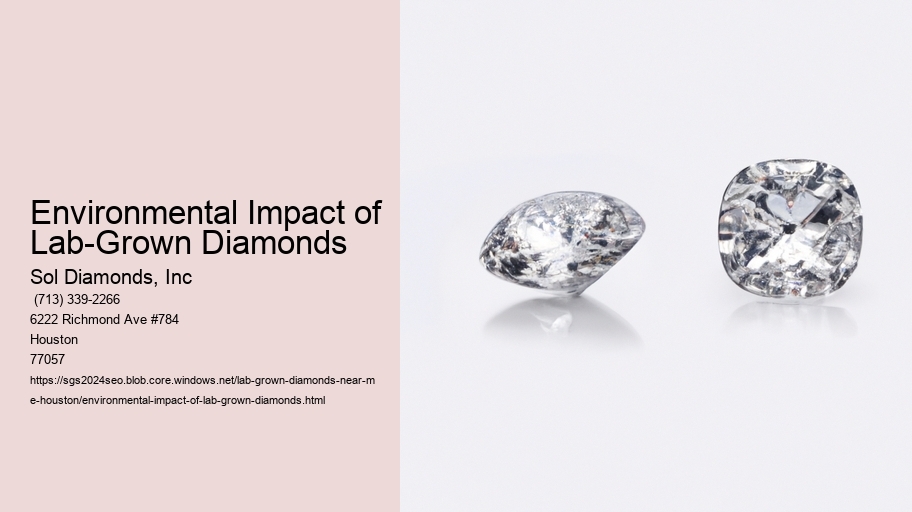Lab-grown diamonds, often celebrated as an ethical alternative to mined diamonds, come with their own set of environmental implications. Benefits of Choosing Lab-Grown Diamonds . It's tempting to view these sparkling gems as purely virtuous, but that's not the whole story.
First off, let's not pretend that lab-grown diamonds are entirely free of environmental costs. Sure, they avoid the direct destruction of ecosystems and displacement of communities that traditional diamond mining often entails. However, the process of creating diamonds in a laboratory isn't devoid of resource consumption. It's quite the opposite, actually.
The production of lab-grown diamonds relies heavily on energy. And we're not talking about a small amount here. Growing a diamond involves recreating the intense heat and pressure found deep within the Earth. This requires a substantial amount of electricity, which, depending on its source, can contribute significantly to carbon emissions. If the energy used in these labs isn't coming from renewable sources, then we're merely shifting the environmental burden from land to atmosphere.
Moreover, while it's easy to get caught up in the narrative that lab-grown diamonds are a modern miracle, we shouldn't overlook the chemicals involved. The Chemical Vapor Deposition (CVD) method, one of the primary techniques used to create these diamonds, involves gases like methane and hydrogen. Managing these chemicals safely is crucial to prevent them from becoming pollutants. We can't ignore the potential for environmental harm if these substances aren't handled properly.
Let's not forget about the water usage either. Growing diamonds in a lab setting requires a significant amount of water, especially during the cooling phases. In regions where water scarcity is already a pressing issue, this can exacerbate local environmental stress. It's not a problem that should be brushed aside lightly.
Another point worth mentioning is the equipment and materials used in the production process. Creating lab-grown diamonds requires sophisticated machinery, often made from rare metals. Mining these metals can lead to environmental degradation and pollution, counteracting some of the benefits that lab-grown diamonds purport to have over mined diamonds. There's a chain of environmental impacts that we can't ignore, even if they're less visible.
On a more positive note, it's worth acknowledging that the industry is aware of these challenges and is making strides toward sustainability. Many companies are investing in renewable energy sources to power their labs. There's also ongoing research into reducing the chemical footprint of the production process. So, it's not all doom and gloom; progress is being made.
However, it's crucial to maintain a balanced perspective. Lab-grown diamonds aren't a perfect solution, but they do represent a step in the right direction. The key is to continue pushing for advancements and holding companies accountable for their environmental impact. We shouldn't settle for less just because something is better than the worst-case scenario.
In conclusion, while lab-grown diamonds offer a more ethical option compared to traditional mining, they're not without their own environmental concerns. Energy consumption, chemical use, water usage, and the mining of rare metals for equipment all contribute to their ecological footprint. It's important to recognize these issues and work towards mitigating them, rather than blindly assuming that lab-grown diamonds are a flawless alternative. After all, every sparkle has its shadow.
